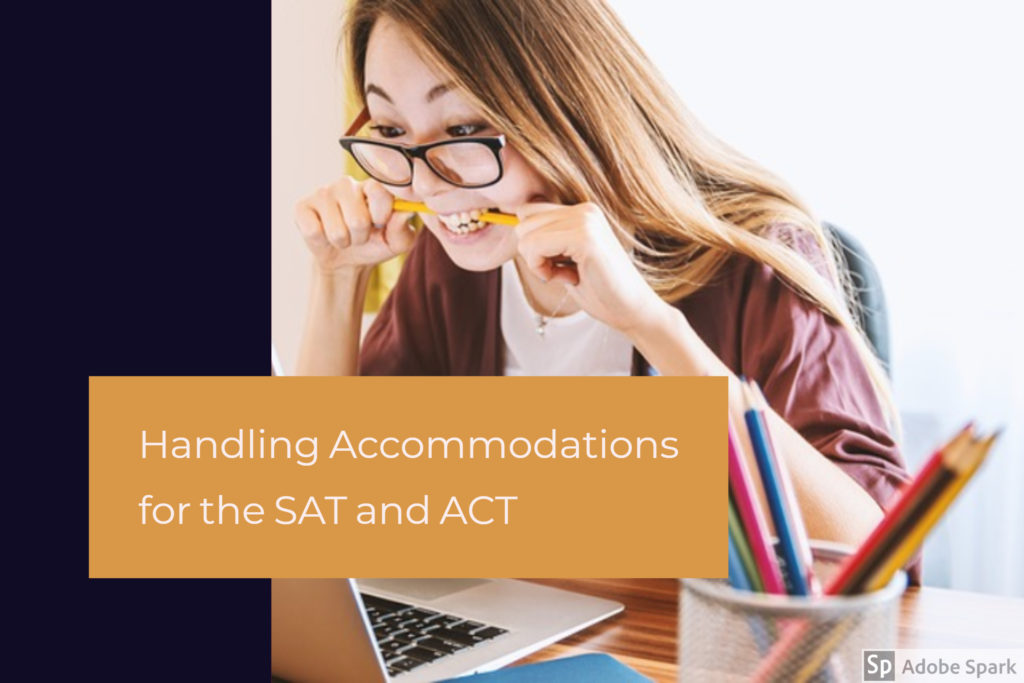
Ah yes, the dreaded SAT – one of the most popular standardized tests out there. As a test taker, there are several things you can do in advance to increase your chances of scoring higher on test day. In addition to these 3 must know tips for the SAT, here are a few more things to keep in mind:
Know how the test is scored
Not all tests are created equal, and not all tests are scored the same way. Luckily for us, the current version of the SAT has a great scoring policy – your raw score is simply the number of questions answered correctly. That’s it! There are no deductions or penalties for incorrect answers. If you answer 40 questions correctly and 4 questions incorrectly, you’ll get the same raw score as if you answer 40 questions correctly and just leave 4 blank.
This means that you should answer every question (even if you are guessing) because an incorrect answer will not count against you, but guessing will at least give you a chance of getting the answer right. But wait…there’s more!
The SAT’s multiple choice questions have 4 answer choices (A, B, C, and D). Since each answer choice has an equal probability of being correct (1/4 or 25%), you can maximize your chances of being correct by guessing the same letter every time (unless, of course, you know it’s wrong). However, if you guess randomly, you’re just chasing a moving target. So, just pick a letter (A – D), and if you have no idea what the answer is, just bubble in that same letter every time.
Study using the official SAT materials first
Standardized tests, like the SAT, tend to be pretty tricky. The word problems are intentionally confusing and can throw off even the most experienced test takers. For this reason, it’s very important to see as many different types of questions as possible, so that you can be exposed to the variety of ways a question can be asked.
The best way to get used to SAT questions is by studying official SAT material published by the CollegeBoard and concentrating on test prep. The more practice problems you will see, the more familiar you will become with the way they are structured, worded, and presented. So when it comes to taking the real SAT, you’ll be in a much better place to say “I’ve seen this type of question of before, and I know what they are looking for!”
There is a ton of third party material out there, but it may not look like the real thing. So it’s best to practice with official material right on the CollegeBoard website!
Look for shortcuts
The beauty of a standardized test where showing your work doesn’t count is….it doesn’t matter how you get to the correct answer! The only thing that matters is that you get the question right. This affords test takers the ability to solve problems in any way they choose!
The math section is a great place to take advantage of this luxury! Instead of solving the problem using the “high school Algebra II way,” is there a simpler way to get to the correct answer?
- Can you just plug in the answers?
- Can you eliminate answer choices that are obviously too big or too small?
- Can you use your graphing calculator to find solutions or intercepts?
As you work through practice tests and sample problems, see if you can find faster ways of solving the problem. In a timed test, a few seconds here or there can really add up, so knowing shortcuts can help you out big time!
___________________________________________________________________________________
Today’s guest post is from Leo Rusinov, the founder of TutoringBoston, an education company specializing in K-12 Academic and SAT tutoring in Newton, MA. TutoringBoston is focused on providing both content and strategy instruction, and is committed to helping students achieve their academic goals through customized lesson plans, tailored instruction, and content differentiation. Tutoring Boston serves students in the Greater Boston area, as well as all over the country through online lessons.








